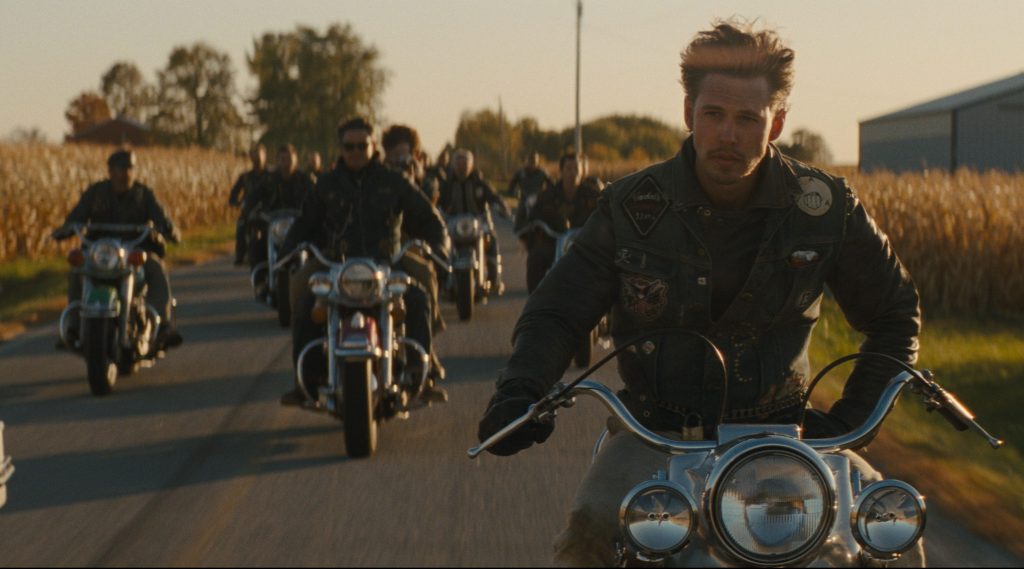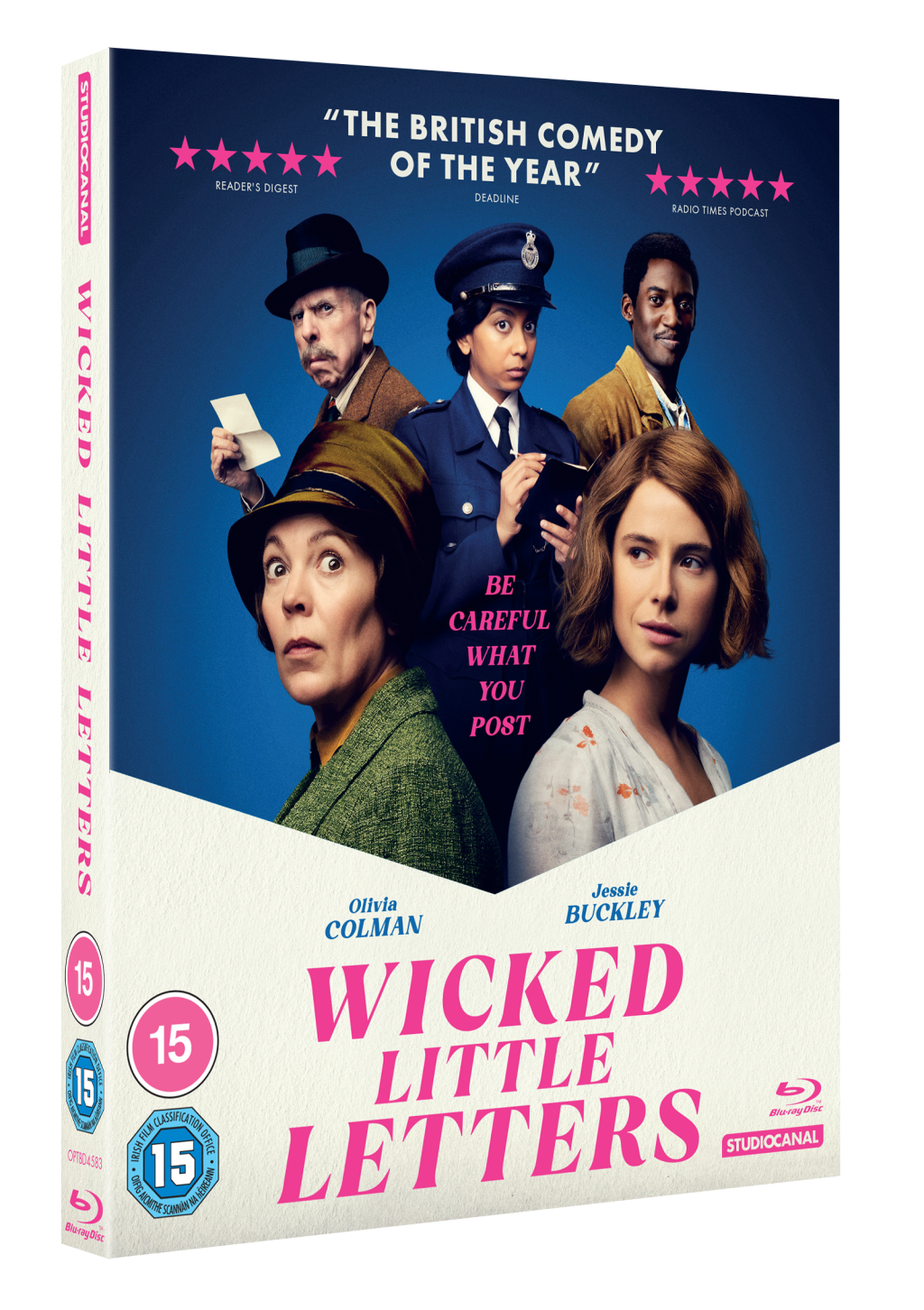 To my astonishment, the aggregate score over on that Rotten Tomatoes for When a Stranger Calls is a woeful 29% – which is, bewilderingly, 4% lower than when I checked last Hallowe’en for the purposes of a podcast I was recording. Quite how public opinion of a film can worsen over the course of a year (when the film is itself already 40 years old) is beyond me.
To my astonishment, the aggregate score over on that Rotten Tomatoes for When a Stranger Calls is a woeful 29% – which is, bewilderingly, 4% lower than when I checked last Hallowe’en for the purposes of a podcast I was recording. Quite how public opinion of a film can worsen over the course of a year (when the film is itself already 40 years old) is beyond me.
What has always fascinated me about When a Stranger Calls is that, to a large extent, it’s really two movies in one…and one of those movies is effectively sandwiched into the middle of the other. The first 23 minutes plays on the urban legend of The Babysitter and the Man Upstairs, with the wonderfully creepy Curt Duncan (Tony Beckley) terrorising an increasingly horrified Jill Johnson (Carol Kane). It’s a masterclass in tension. It’s a masterclass in film-making, actually, from the cinematography to the score, which borrows occasional motifs from Psycho and Jaws in a manner that feels somehow fitting given the themes of those films: I wonder, actually, if those weren’t deliberate homages on the part of the composer.

Opinions vary on the remaining 70-ish minutes, but consensus suggests you can comfortably switch off the TV at this point and you’ve still had a cracking evening. Better than Jill Johnson’s by a country mile. I would argue, however, that it’s worth sticking with it to the bitter end, even if Curt Duncan’s continued pursuit of Jill Johnson is quite predictable and rather pedestrian in comparison. For me, there has always been an inevitability about Curt Duncan going after Jill a second time. Part of the tension in the middle part of the film is that you’re waiting for the secret signal to go off: that silent alarm in Curt Duncan’s head that tells him it’s time, in much the same way that Loomis talks about Michael Myers returning to Haddonfield. It’s inevitable.
When a Stranger Calls actually owes quite a lot to Halloween (just as Scream owes a lot to them both), not least the escape of a maniac and the deep-rooted bloodlust. There are two key differences between them, however: the first is that Curt Duncan doesn’t wear a mask, hiding instead in plain sight; the second is that we never see any of the terrible acts Curt Duncan performs. Far from the formidable, instantly threatening presence of Michael Myers, Curt Duncan spends most of his screen time as an awkward, shifty loser.
But – it’s what goes on behind the eyes, isn’t it? Loomis knew it. Frank Horrigan in In the Line of Fire knew it. Sometimes, life’s monsters are right there in front of you. Or, worse, they’re hiding upstairs. In the dark. Waiting – and periodically calling you to hurry you along.
In sum, it doesn’t matter whether When a Stranger Calls is one film, or whether it’s five, or whether it shifts from genre to genre on the toss of a coin. Ultimately, it’s tense and uncomfortable. And it really will make you check your children.
As well as boasting a glorious new scan and restoration with this release, you also get the sequel – When A Stranger Calls Back, marking its first home video release since the glory days of VHS – and the original score by Dana Kaproff (who also scored the 1993 sequel), along with a reversible poster and other goodies. The 1993 remake is thankfully nowhere to be seen, which is precisely where it should be.



 When a Stranger Calls is released on special edition Blu-ray on 17th December from Second Sight.
When a Stranger Calls is released on special edition Blu-ray on 17th December from Second Sight.





![The Cat And The Canary Blu-ray review: Dir. Paul Leni [Masters Of Cinema]](https://criticalpopcorn.files.wordpress.com/2024/04/image-5.png?w=1024)




![Dazed and Confused Blu-ray review: Dir. Richard Linklater [Criterion Collection]](https://criticalpopcorn.files.wordpress.com/2019/06/54d963fd05ec9b4b6fa718cbc6dcfa03.jpeg?w=1024)
Post your thoughts